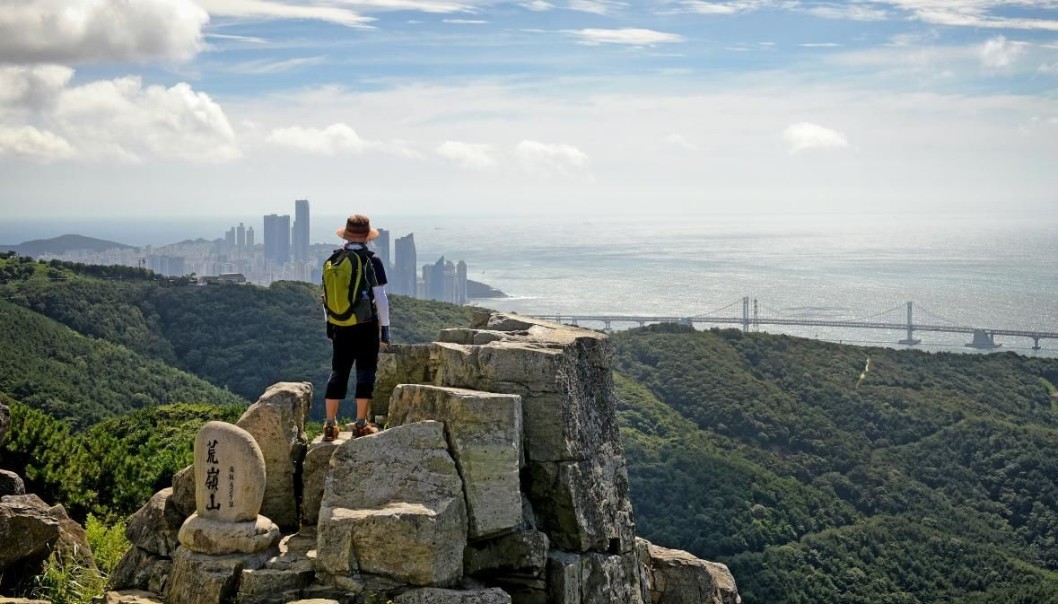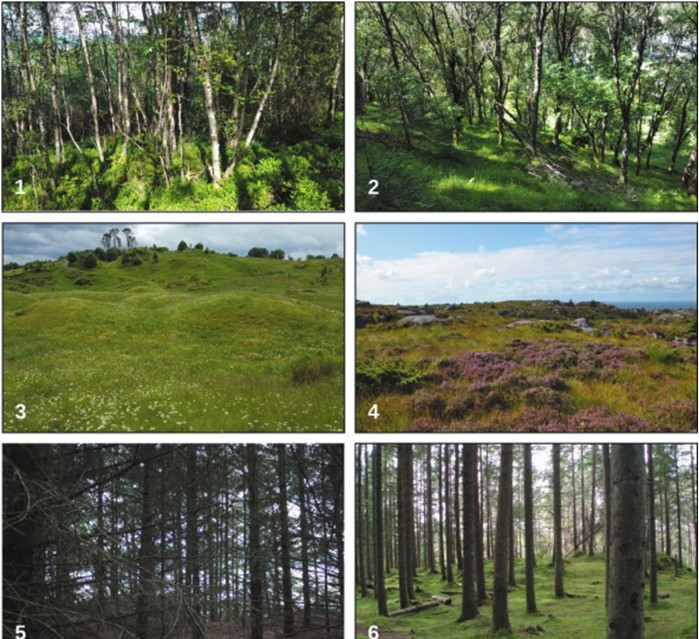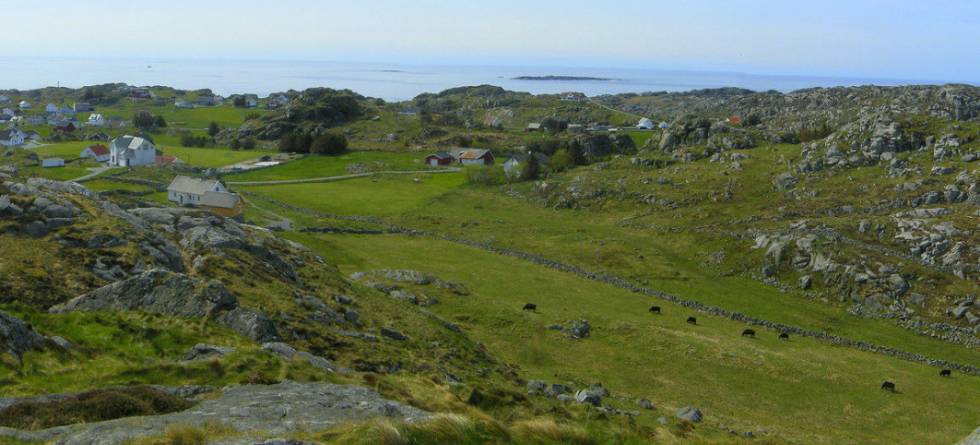Written by Hanna Lee, researcher at the Bjerknes Centre and NORCE
I spent most of my youth in a city called Busan in South Korea. Busan is a port city surrounded by many mountains and beaches. From my parents’ apartment, there was a beach and a hiking trail to a mountain top within 20 minutes’ walking distance. All of this in a city of 8 million people! I never appreciated this until I got to live in the middle of a desert while I was living in the US. I had a giant craving to live close to the sea. This problem was, of course, resolved when I moved to Bergen.

For many people from western Norway, the open and almost treeless landscape has been their identity for as long as 6000 years. These landscapes are developed and maintained through grazing by domestic animals and burning of heathlands. Because the landscape portrays the way of living, it is also called cultural landscape. It is only natural that people of this region may feel their identity and culture threatened when the policy of planting trees comes into play.
Humans have intimate and evolving relationships with their natural environments. People perceive the beauty of nature in two different ways: one is from their biological needs and the other is a cultural one. The biological landscape perception comes from human being’s adaptation towards survival, namely availability of food. For example, people tend to prefer landscapes containing water regardless of culture and generation. The cultural landscape preference is learned, which comes from the social and cultural experiences. Therefore, this is more variable across the population.
Traditionally, landscape planning and management have been driven by the opinions of well trained experts. Experts are good at giving assessments of certain remarkable landscape features that can lead to making decisions in preserving them. But this approach may not be suitable when it comes to preserving ordinary everyday landscapes because the preferences of experts and the general public may differ. It’s the same as the first coffee mug I made during my first ceramics class, which has absolutely no value to an art dealer but is priceless for me.
Recently, we conducted a study to understand landscape preferences in Norway. We used the Norwegian Citizen Panel to conduct a survey. We gave the surveyors two different photos side by side randomly from the 6 different landscape types, where the surveyors could choose among Dislike, Neutral, and Like. The survey generated a total of 4,344 answers and nearly 60% of the respondents also provided text to explain the reason for their choice.

We found that open landscapes such as grasslands and heathlands are the most favored (55%), while densely planted young spruce forests are the least favored (8%) and most disliked (79%) among the Norwegians. The contrast was particularly strong between eastern and western Norway, between men and women, and between young and old. Most specifically, women over the age of 60 living in the western Norway most favored open landscapes and most disliked spruce forests.

The negative feelings towards spruce landscapes by the elderly from the coastal areas appeared to be associated with historical plantations of spruce, suggesting that a preference can be shaped by the ‘reputation’ of a species (in this case the invasive Sitka spruce). However, with the passage of time, this sentiment is gradually softening. This change in the preferences between young and old respondents reflects the evolving nature of feelings towards the cultural landscape.
Our study shows that landscape development and management not only affects global and regional climate, carbon storage, and biodiversity but it also affects people’s feelings. This raises a very important point in the climate forestry policy. Have we considered all the consequences when implementing the policy? How can we systematically compare the values between the advantages and disadvantages of the policy implementation?
We have to understand that failure to take account of preference differences may lead to a clash between climate policy and traditional socio-cultural values.

